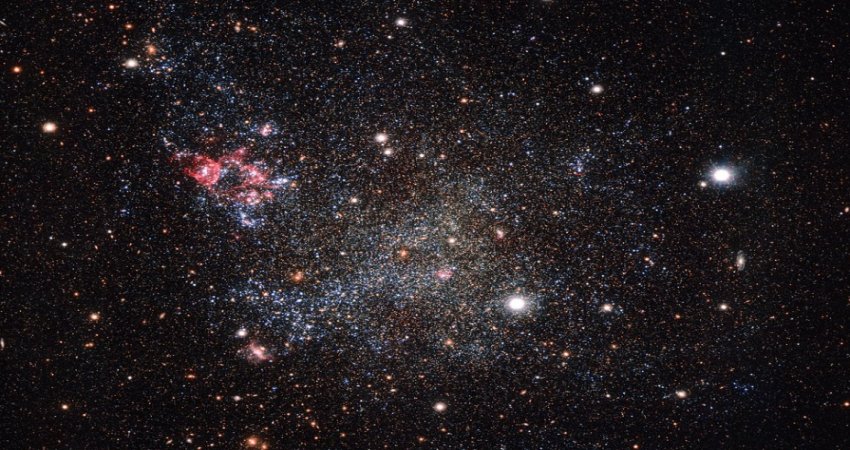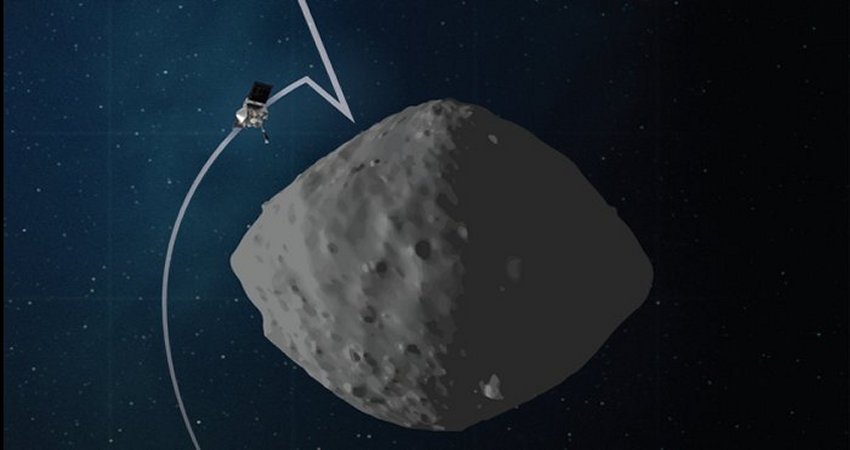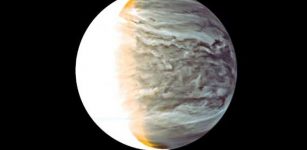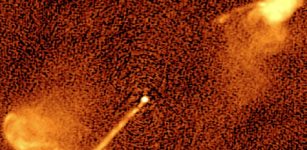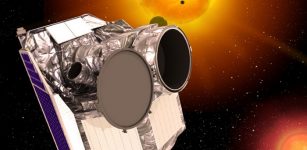Water In Saturn’s Rings And Satellites Is Like Water On Earth Except For Mysterious Moon Phoebe
MessageToEagle.com – Researchers used a new method for measuring isotopic ratios of water and carbon dioxide and found that the water in Saturn’s rings and satellites is like water on the Earth, except on Saturn’s moon Phoebe.
Phoebe’s water is more unusual than on any other object so far studied in the Solar System.
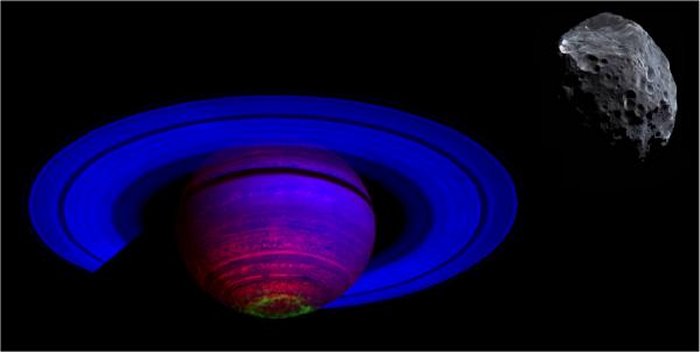
“The discovery of an unusual deuterium to hydrogen isotopic ratio (D/H) for Saturn’s moon Phoebe means it was formed in and comes from a far part of the Solar System,” Planetary Science Institute Senior Scientist Roger N. Clark, said in a press release.
“Phoebe’s D/H ratio is the highest value yet measured in the Solar System, implying an origin in the cold outer Solar System far beyond Saturn.”
Isotopes are different forms of elements but with differing numbers of neutrons. Adding a neutron adds mass to the element, and that can change processes of how a planet, comet, or moon is formed.
Models for the formation of the Solar System indicate that the D/H should be much higher in the colder outer Solar System than in the hotter inner system where the Earth formed. Deuterium is more abundant in cold molecular clouds. Some models predict the D/H should be 10 times higher for the Saturn system than on Earth.
But the new measurements show this is not the case for Saturn’s rings and satellites except Saturn’s moon Phoebe.
Also measurements of carbon indicate that Phoebe is almost five times higher in the carbon isotope.
It is possible that Phoebe formed in the very cold outer reaches of the Solar System, much further out than Saturn, and was subsequently perturbed into an orbit where it was captured by Saturn.
Exactly how far out Phoebe originated is unknown. There are currently no measurements of D/H or 13C/12C for the icy surfaces on Pluto or Kuiper Belt objects beyond Pluto, but this new methodology will enable us to make such measurements of the surface ices.
MessageToEagle.com


